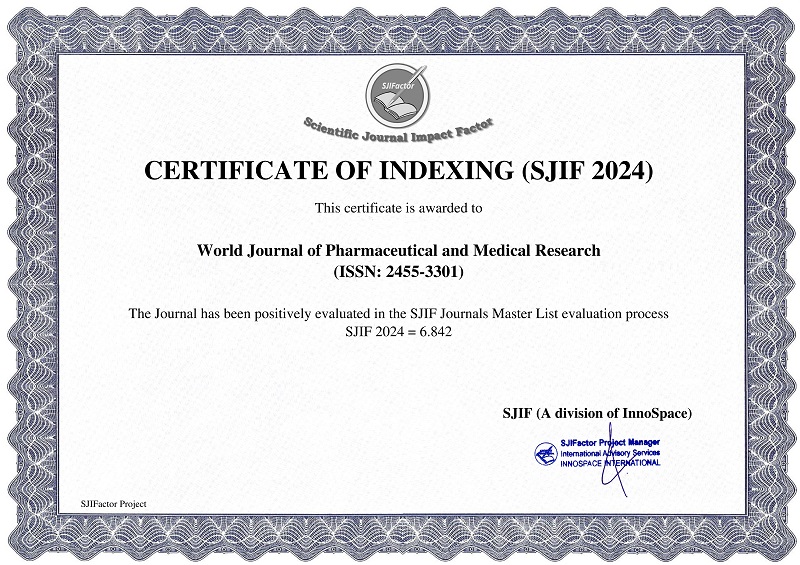REVIEWING THE CLINICAL IMPORTANCE OF BEEJACHATUSHTYA IN SUSHRUT SAMHITA
Vd. Priyanka Kengale*, Vd. Sarvesh Sharma, Vd. Suraj Bhunje
ABSTRACT
Beejachatushtya serves as a foundational framework that enables learners to grasp the core principles of Sushrut Samhita and apply them effectively in clinical practice. The Beejachatushtya, consisting of Purusha (patient/healthy person), Vyadhi(disease), Aushadha(medicine), and Kriya Kala (time and procedure), plays a crucial role in the Sushrut Samhita, an ancient Ayurvedic text focused on surgery and medicine. These four fundamental elements are integral to understanding and practicing the principles outlined in the Sushrut Samhita. Understanding the patient/healthy person's unique constitution, mental state, and lifestyle helps tailor treatments for optimal outcomes. Recognizing individual differences enhances patient/healthy person engagement and overall healing. Proper diagnosis involves identifying the disease's nature, stage, and progression. This aids in selecting the most suitable therapeutic strategies and preventing disease complications. Knowledge of various medicinal substances and formulations allows practitioners to prescribe remedies aligned with the patient/healthy person's needs and the disease's characteristics. This personalized approach enhances the efficacy of treatments. Timing and procedure play a vital role in treatment success. Administering therapies at the right time and following precise protocols optimize therapeutic outcomes and minimize risks. This paper focuses on integrating Beeja Chatushtya, practitioners can provide holistic, patient/health-centered care that aligns with the principles of Ayurveda and promotes overall well-being with patient/health-centered care, considering individual constitution, disease presentation, appropriate treatments, and optimal timing.
[Full Text Article] [Download Certificate]



